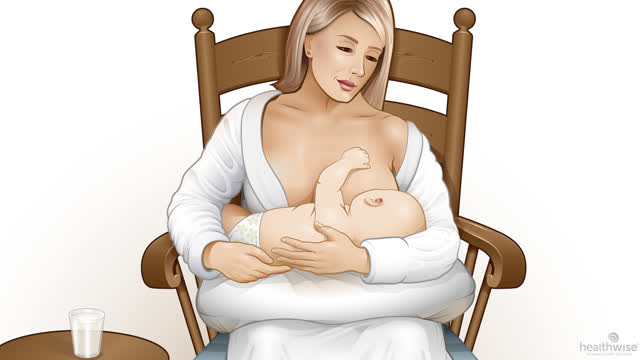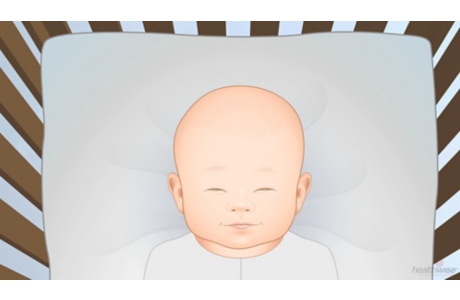Breastfeeding: How to Use a Breast Pump
Topic Overview
Using a breast pump is a good way to provide the benefits of breastfeeding when you have to be away from your baby. Pumping will help keep up your milk supply and prevent discomfort and breast engorgement. You can also use a breast pump to slowly reduce your milk supply if you have to stop breastfeeding suddenly.
There are different types of breast pumps to choose from. They may look confusing at first, but they are easy to use. If you have any problems with pumping, ask for help. A lactation consultant or other breastfeeding expert can help you learn how to use a breast pump.
Getting ready to pump
- Read all the instructions that came with your pump. Be sure you know how to put it together and how often you will need to clean and sanitize the parts.
- Choose a good place to pump. Find a spot that’s clean, comfortable, and private so you can relax. If you’re pumping at work, you may feel more at ease in a room that has a door you can lock.
Using a breast pump
- Wash your hands before you touch the breast shield or your breast. Use soap and scrub your hands for 10 to 15 seconds, then rinse well in warm water. Use a clean paper towel to dry your hands completely.
- Put the pump together. As you put it together, check to see that all parts are clean.
- Get in the mood. Holding your baby may improve your milk letdown. If you aren’t with your baby, try looking at a photo or sniffing a piece of clothing your baby has worn.
- Position the breast shield over your breast. Your nipple should be right in the middle of the shield. You may need to try a few different sizes of breast shield to find one that fits you best.
- Start pumping with a low level of suction. Increase suction as your milk begins to flow. Some pumps will do this for you.
- Empty both breasts during each pumping session. After pumping, your breasts should feel soft with no hard areas.
After you finish pumping
- Put the milk in a refrigerator or cooler right away. It’s best to use milk as soon as possible after pumping it. If you won’t be using the milk within a few days, you can freeze it. Be sure you know how to store breast milk safely.
- Take the pump apart and wash well any part that came in contact with your breast or breast milk. Let the parts air-dry.
What to expect
- Pumping with an electric pump will probably take 10 to 20 minutes for each breast, but it may take longer. To know when to stop pumping, watch for signs that your breasts are empty.
- You will feel a tugging when the pump is on, but pumping should not be painful. If it hurts, turn off the pump. Change the position of the breast shield or try a larger breast shield.
- To keep your milk supply up, try to pump at least every 3 to 4 hours, and breastfeed as often as you can. Talk to a lactation consultant if your milk supply is getting smaller.
- A painful lump or swollen area in the breast may be a sign of a blocked milk duct or breast infection. Call your doctor if you notice this problem. You may be able to solve the problem on your own by pumping or breastfeeding more often from the breast that has the lump or swelling.
Current as of: May 29, 2019
Author: Healthwise Staff
Medical Review:Sarah Marshall MD – Family Medicine & Kathleen Romito MD – Family Medicine & Adam Husney MD – Family Medicine & Kirtly Jones MD – Obstetrics and Gynecology
This information does not replace the advice of a doctor. Healthwise, Incorporated, disclaims any warranty or liability for your use of this information. Your use of this information means that you agree to the Terms of Use. Learn how we develop our content.






